Building a catenary system is not for everyone. Systems have been made by people and things must be considered. If you want a super scale looking system with fine wire, here is what goes on. As the locomotive travels under the fine scale looking catenary, the pan pushes the wire up and it looks like people doing the wave at a football game. Not very good looking. You need good pressure with the pan on the wire to keep good contact.
If you take the time to build a system like this, it would be insane not to power it.
The second approach is sectional catenary. When Mike Wolf studied my system I told him the key to sectional catenary is to have the poles one hundred percent rigid. No side sway or the wire looks like crap. The key to keeping straight wire is rigid poles.
Doing sectional catenary is the best if you want perfect operation. I had a bit of an edge as I am a toy train guy and wanted to build a system that looked like something that might have been built by Lionel in 1956. I used Marklin HO gauge catenary wire and custom made (rigid) poles. It works perfect and has for many years. Make your poles out of metal welded to a metal base. The cross arm can be wood or plastic.
Yes, most manufacturers make electric locomotives that are beautiful. Most of the locomotives need extra strength springs on the pans to hold the pan to the contact wire for perfect electrical connection. If you see a spark, you need more spring tension. I have seen a few locomotives that are perfect out of the box.

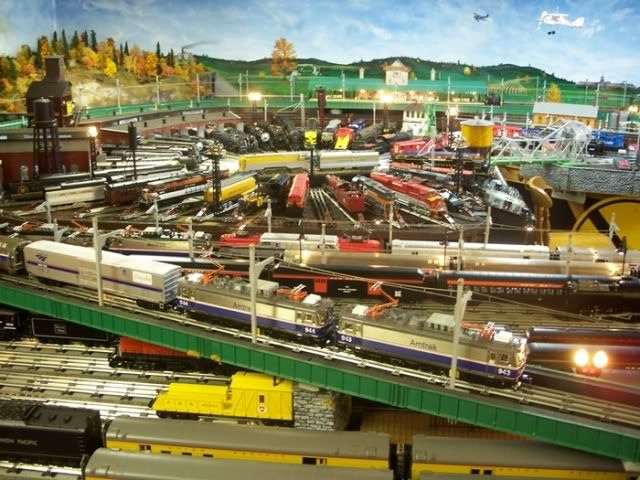
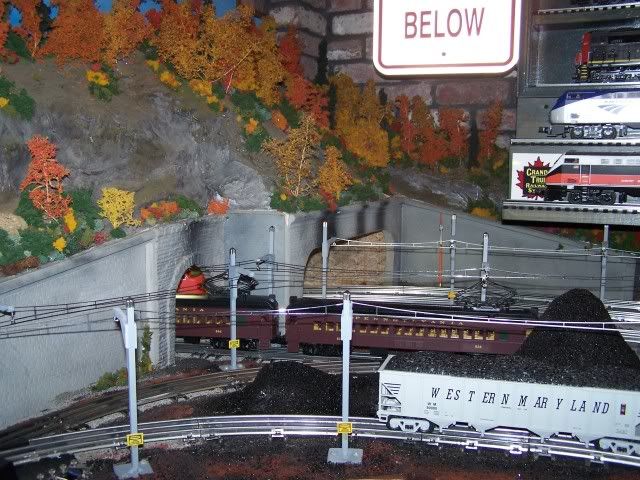
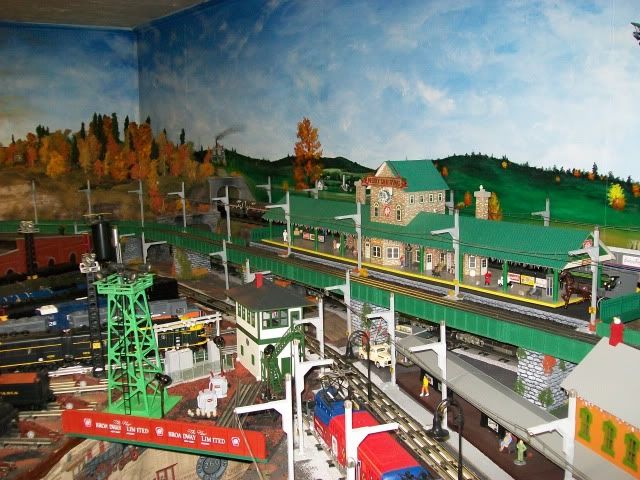

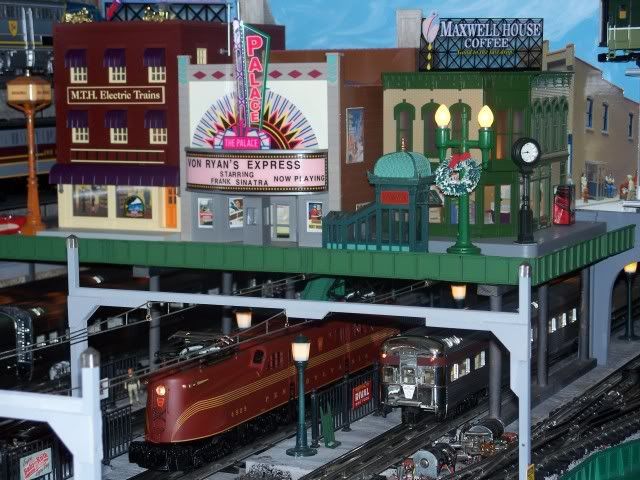
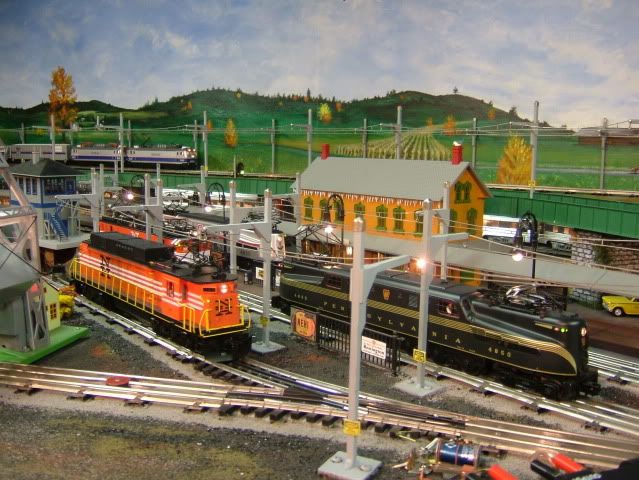
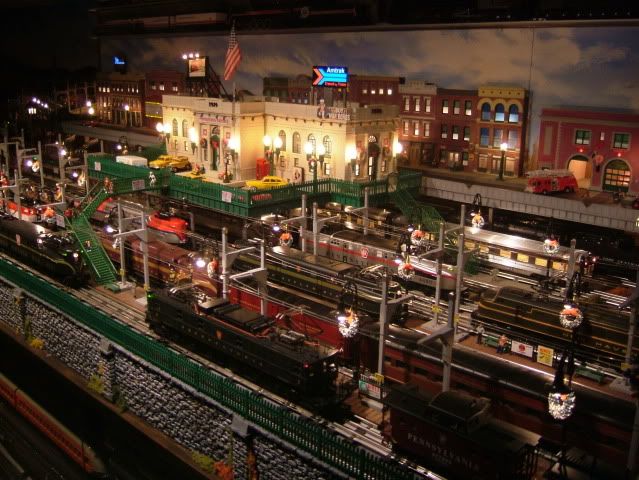
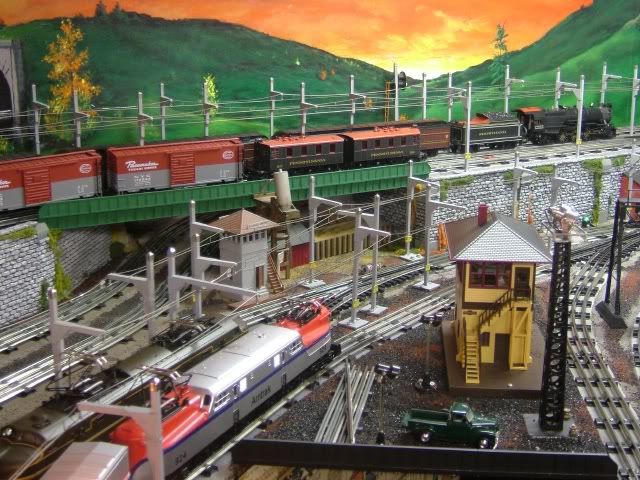
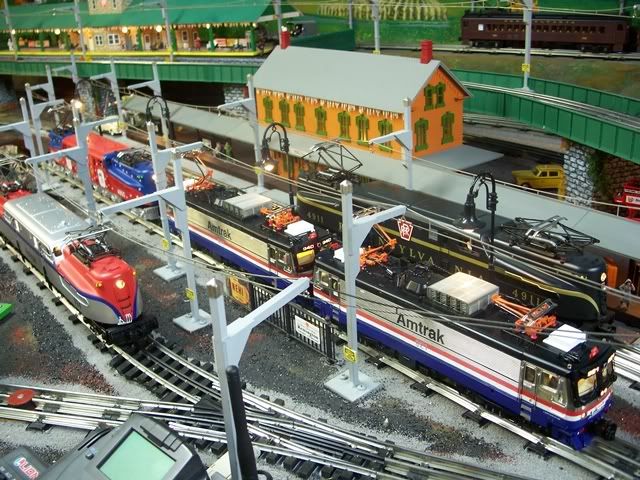

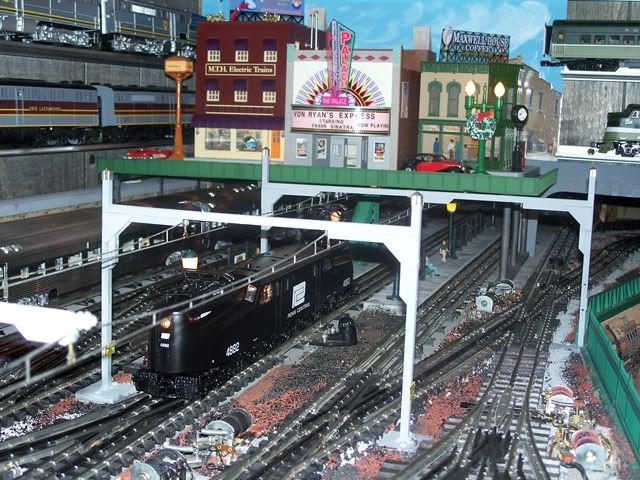
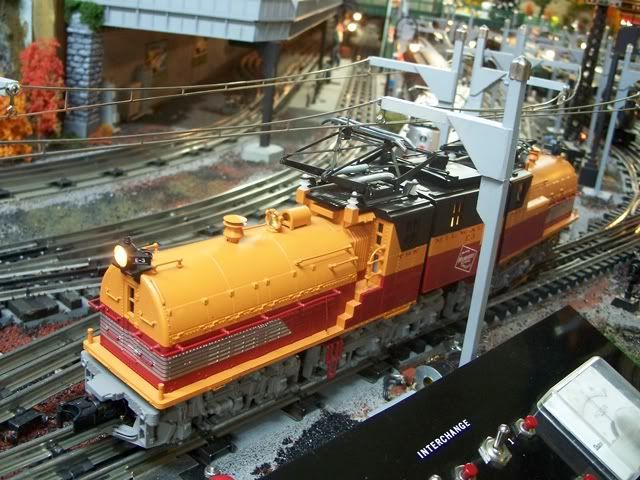

Again as I stated I am a toy train guy. I am very demanding on perfect operation. None of my electric locomotives have third rail pick up rollers under them and it is very rewarding to have live catenary operation. While operating from the overhead, I use one of my ROW transformers to power the center rail for constant voltage in the passenger cars.
Catenary operation is very rewarding but not without a lot of work and planning to go with it. I run several hundred feet of wire. One other thing the overhead wire does is very rewarding. When I run a TMCC or Legacy locomotive under the wire (steam or diesel) I throw a switch that is connected to earth ground and import the earth ground into my catenary system and have perfect Legacy/TMCC operation.















